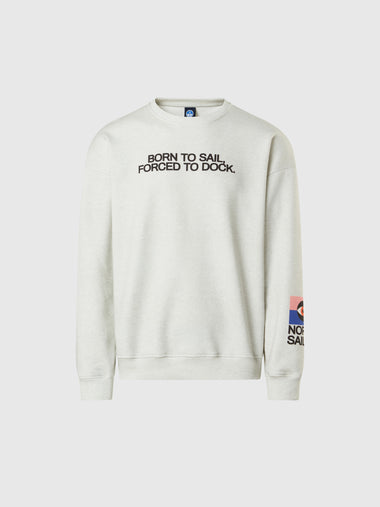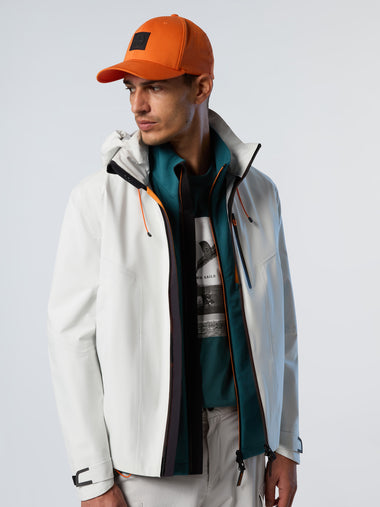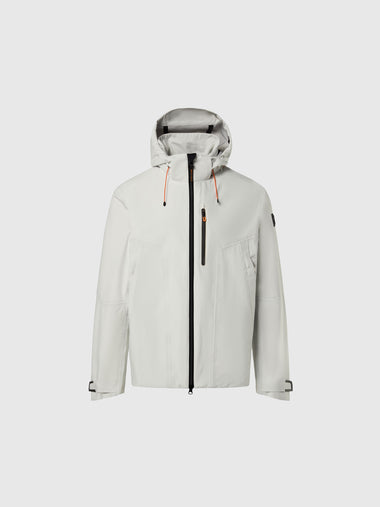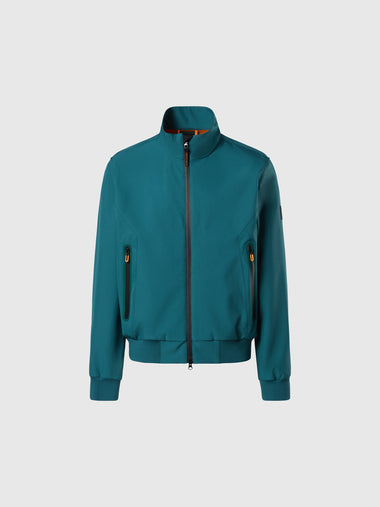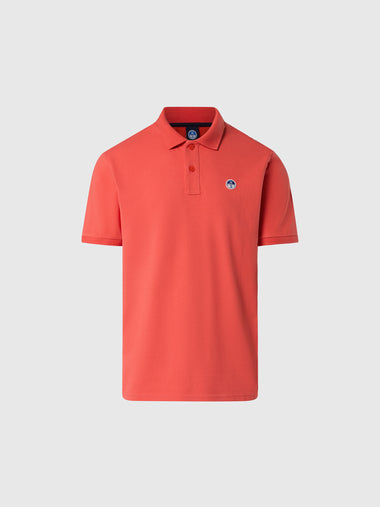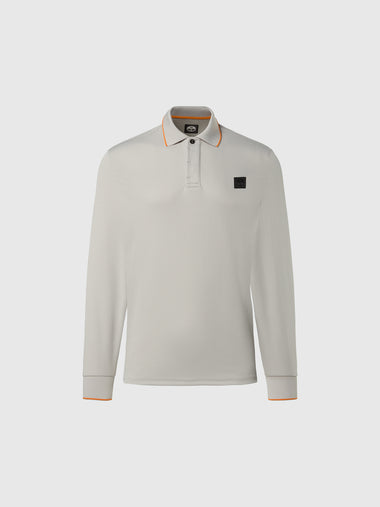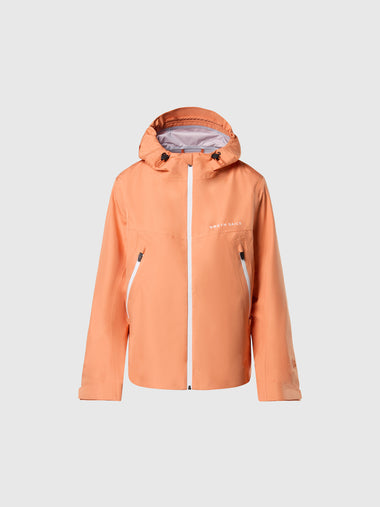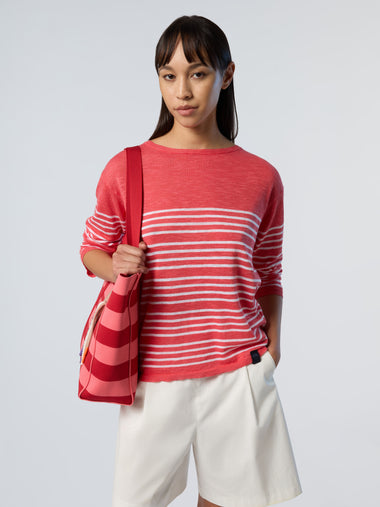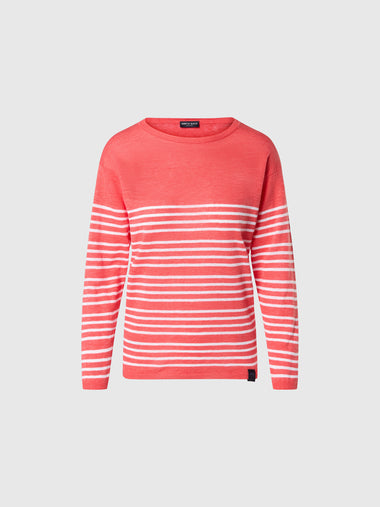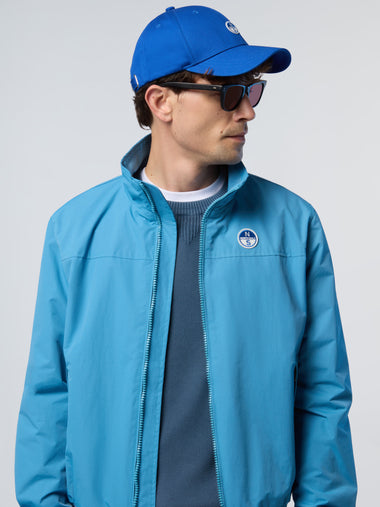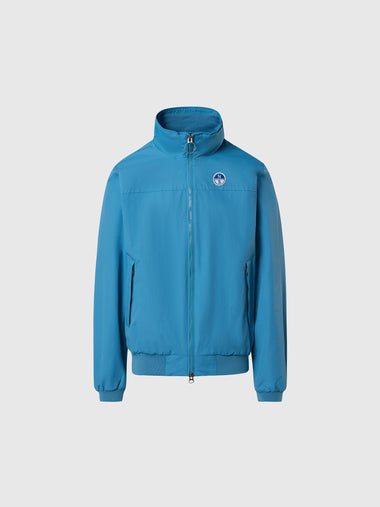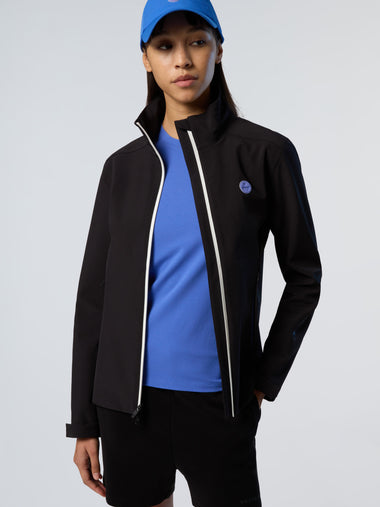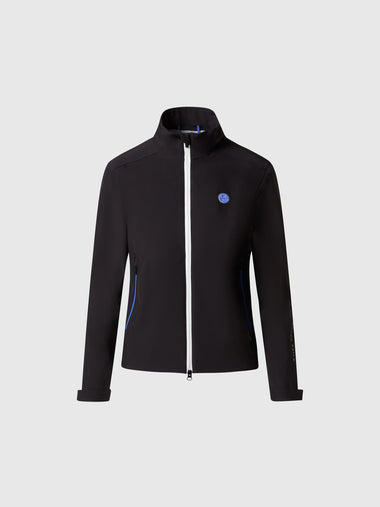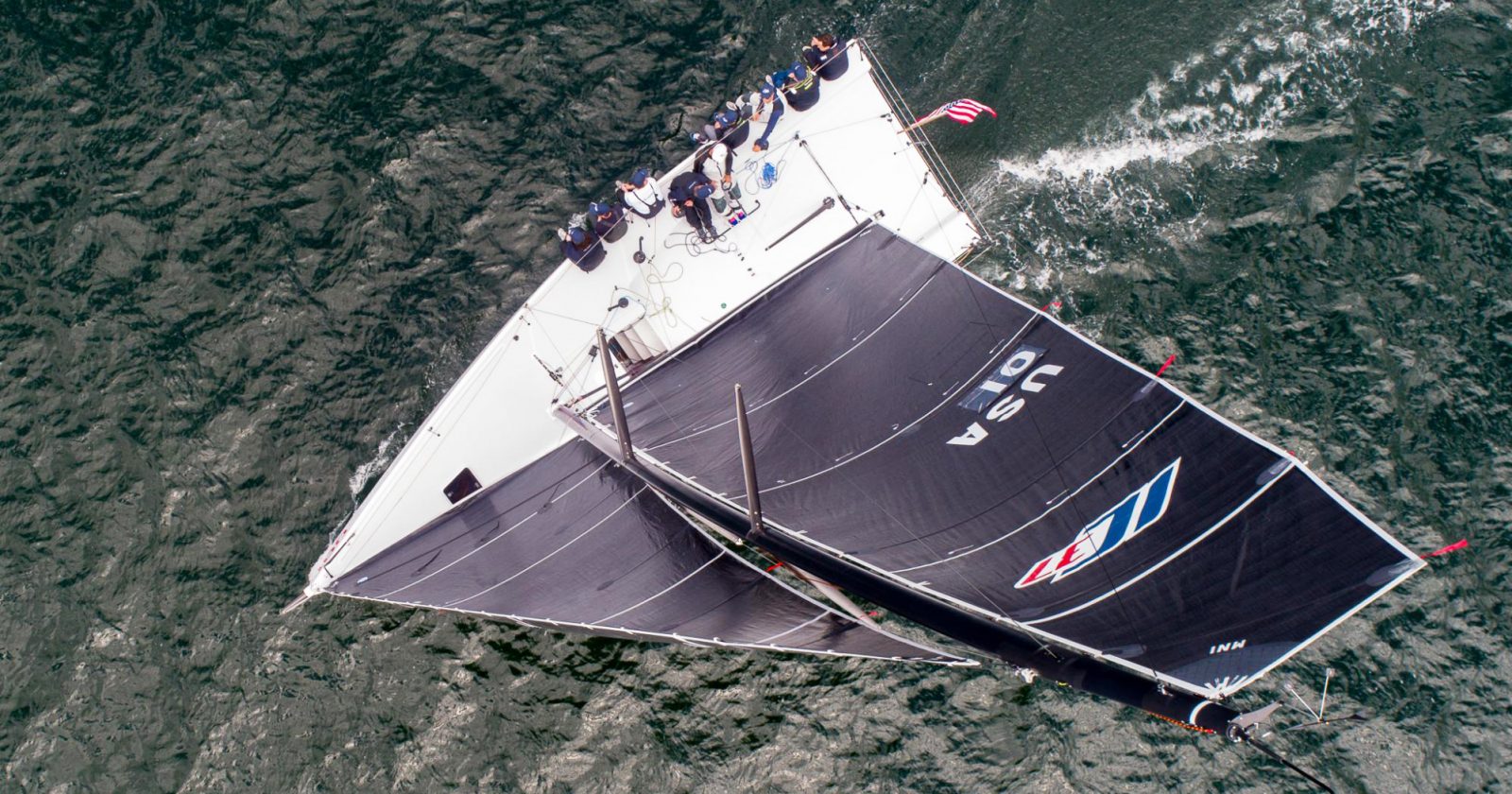IC37 TUNING GUIDE
Also available: IC37 SAILING GUIDE
Mast Shims
The IC37 was designed to have simple tuning adjustments in order to minimize boat-to-boat variation and highlight the sailors’ performance. Therefore, the only allowable rig tune adjustment is the shim height beneath the base of the mast, which affects the shroud tension. This system replaces the traditional process of independently adjusting turnbuckles at the base of each shroud. Each boat is supplied with one shim of each of the following sizes: 20mm, 10mm, 5mm, 3mm, and 2mm. The 20mm shim is removable for the sole purpose of stepping and un-stepping the rig; it should always be in place while sailing in any condition. Beyond that, you may add any individual shim or combination of shims you see fit. The table below shows our suggested shim height for each respective wind range.
|
WIND SPEED (knots) |
SHIM HEIGHT (mm) |
| 0-6 | 22 |
| 6-10 | 28 |
| 10-14 | 35 |
| 14+ | 40 |
Rigging Tensions (On Full Shims)
|
DESIGNATION |
LOOS RT11 GAUGE |
LOOS RT10 GAUGE |
| V1 | 39 | - |
| D1 | - | 20 |
| D2 | - | 15 |
| Headstay | 20 | - |

Battens
Before putting up your IC37 North Sails, it is important to properly tension all battens to get the desired sail shape. For the mainsail, we recommend tensioning the leech battens to only just remove the wrinkles from the batten pocket. The full battens should be slightly tighter, causing the batten pocket cloth to be completely smooth, but not creating wrinkles parallel to the pocket.
The jib comes with two top batten options. This allows the trimmer to match the flying characteristics to varying breeze strengths. The light batten is flexible, which allows more shape in the head of the sail when the breeze is light. In comparison, the heavy batten is more rigid to reduce shape in the head and help induce twist in the sail.
Crew Weight
Crew positioning is very important on the IC 37. Moving weight fore and aft as the wind speed and angle change is crucial to performance. As the breeze picks up, weight should be shifted progressively further aft. This increases righting moment, as more of the crew weight reaches maximum beam. As a result, the sails can be trimmed harder and the boat can be sailed flatter and faster than it would with weight too far forward. As the breeze lightens, be sure that the crew is active with moving forward. When weight is too far aft, the transom will produce a gurgling sound as it displaces too much water.

Jib Trim
The IC37 is equipped with four main controls to manipulate the jib trim – halyard tension, athwartship lead position, vertical lead position, and sheet tension. Using these four controls together can produce the wide range of shape in the jib required to perform well in all wind conditions.

Jib Halyard Tension
Halyard tension controls the entry angle, as well as upper leech profile. A good base setting is just enough tension to remove any wrinkles coming off the luff hanks, with the goal of getting the sail to be smooth, but not tight. The amount of tension required to achieve this will change with the breeze. If over tightened, the luff will become flat and unresponsive, and may have vertical wrinkles running from tack to head. We suggest using a number scale with a mark on the deck for consistent tension when hoisting the jib around a turning mark.

Athwartship Lead Position
A track system oriented athwartship controls the jib’s angle of attack. A tighter angle of attack allows the boat to sail at a closer angle to the wind, but when the car too far inboard, the wind coming off the jib will be negatively interfering with the main shape. For the best relationship between the main and the jib, the area between the two sails, the ‘slot,’ should be as even as possible. The best way to tell if your slot is set up well, is to look at the angle of the leech telltales of the jib. The top telltale should be flying at an angle that matches the entry angle of the mainsail.

Vertical Lead Position
The jib lead can be raised or lowered to adjust the leech profile. This control replaces the traditional fore/aft lead adjustment. A lower jib lead will result in a tighter overall leech profile and a deeper foot, the equivalent of moving the traditional lead forward. Easing the lead up will flatten the foot and induce more twist in the leech. This is the key control to achieving a vertically even slot.


Jib Hobble
The jib hobble system is used when sailing downwind with both the spinnaker and jib up. The hobble is meant to caddy the jib from gybe to gybe with no adjustment required. A good base setting is to have the jib trimmed enough that the lowest luff telltales are flowing and the top of the jib not luffing. However, it is better to have the sail slightly under trimmed than over trimmed. If the jib is eased enough that it can wrap around the forestay, it will need to be trimmed just prior to the gybe, then released back to its original setting. The hobble is trimmed using a single line lead through a cleat in the center of the boat.

Downwind Modes
The IC 37 (as well as many other one design classes) races with only one asymmetric spinnaker, which limits the variability in VMG angles when sailing downwind. However, there are still many different modes of sailing downwind. In light air, we suggest dropping the jib to allow the spinnaker to maintain as much flow as possible. While keeping the jib fully onboard as it drops is always preferable, the luff hanks allow the jib to be dropped quickly without going overboard when the situation requires. While having the jib down does allow a lower mode to be sailed, the boat still does not like to sail directly downwind. When the breeze permits leaving the jib up, you must transition your mode to one with a tighter wind angle. This should only be done in planing conditions.
Runner Load
Trimming the running backstays, or ‘runners,’ is one of the most important controls for upwind speed. Grinding on more runner tension will make the headstay tighter, flatten the main by bending the mast, and open the main leech. This depowers the sail enough to let the boat stay under control at higher wind speeds.
Reefing
After all the mast shims have been put in, the next step to depowering the boat is to reef the sails. The first sail to reef is the jib, which usually happens around 18-20 knots of true wind speed. When reefing the jib, the best practice is to drop the sail onto the deck, roll the foot from the bottom up, close the zipper with all excess cloth fully enclosed, then re-hoist the sail. The main reef will be added once the average true wind speed is around 23-25 knots. Having the runners and mainsheet completely eased when putting the reef in the main is important and will avoid undue stress on the main halyard components.

Note overbend wrinkles
The crew member trimming the runner should be looking for these wrinkles to appear in the main to know when the maximum load is achieved and should not pull more runner on beyond that point.
Polar Boat Speed
|
UPWIND |
|||
|
TWS |
VS |
TWA |
HEEL |
| 6 | 6.06 | 44.6 | 11.5 |
| 8 | 6.44 | 38.9 | 16.0 |
| 10 | 6.71 | 36.9 | 18.6 |
| 12 | 6.91 | 35.9 | 20.4 |
| 14 | 7.05 | 35.5 | 21.3 |
| 16 | 7.14 | 35.4 | 23.0 |
| 18 | 7.21 | 35.6 | 24.4 |
| 20 | 7.30 | 36.3 | 25.0 |
|
DOWNWIND |
|||
|
TWS |
VS |
TWA |
HEEL |
| 6 | 6.08 | 143 | -2.1 |
| 8 | 7.21 | 147 | -1.5 |
| 10 | 8.30 | 146 | 0.4 |
| 12 | 9.54 | 144 | 4.2 |
| 14 | 11.21 | 141 | 11.5 |
| 16 | 12.79 | 143 | 14.4 |
| 18 | 14.11 | 145 | 13.3 |
| 20 | 15.10 | 147 | 11.3 |





